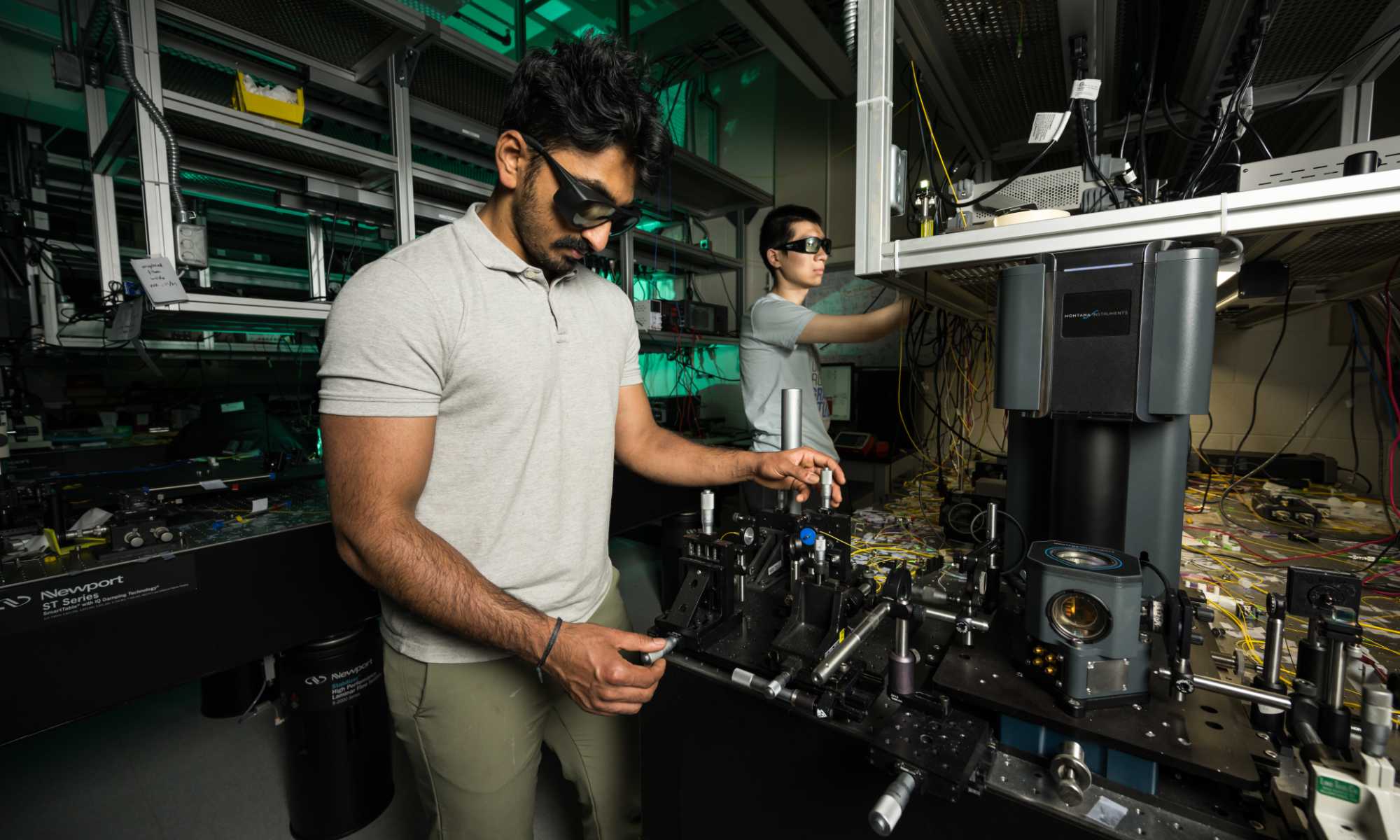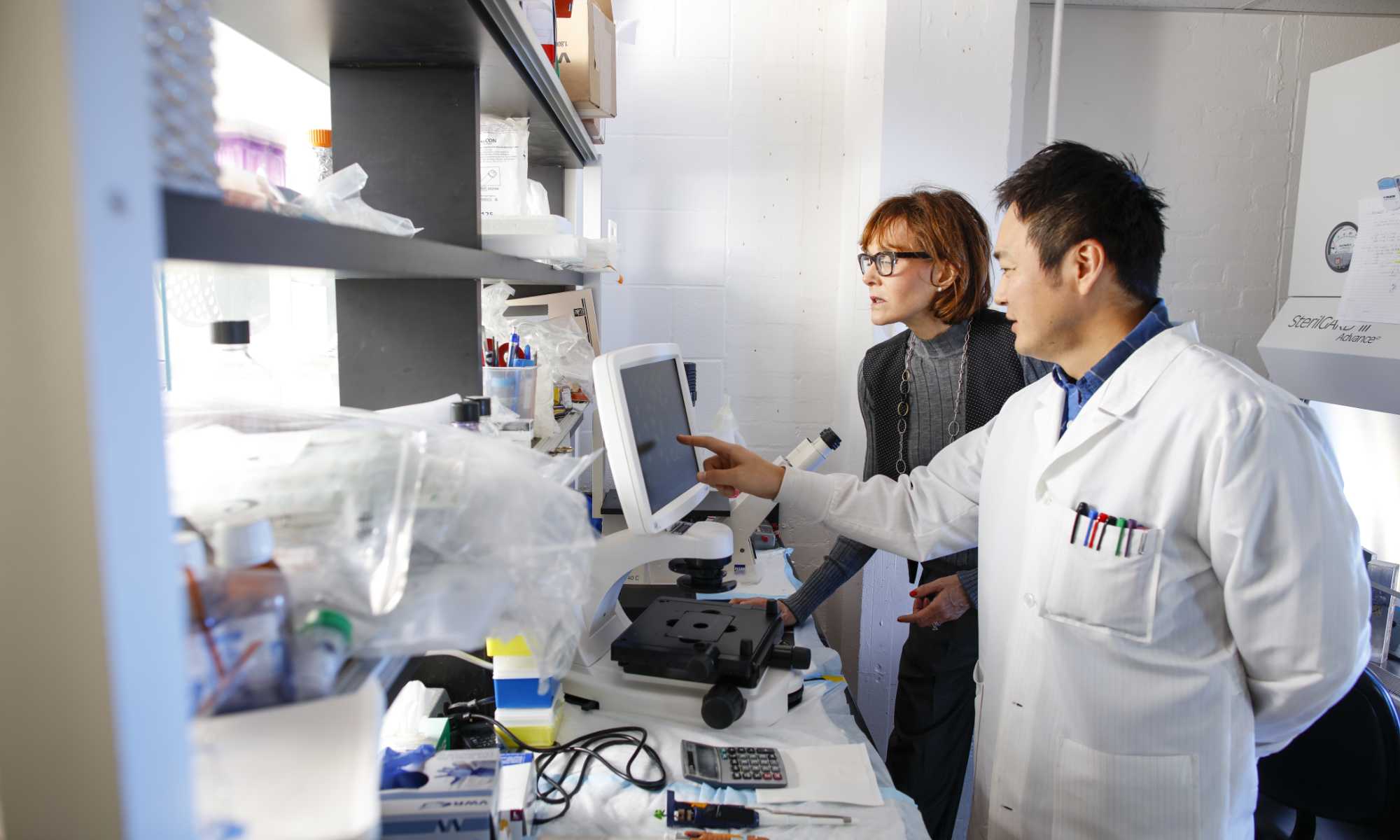From smartphones and social media to augmented spaces and virtual reality, digital technologies are changing the ways we connect with each other and interact with our world. Higher education is no exception. Students on today’s college campuses are digital natives and bring with them expectations when it comes to learning and interacting on electronic platforms.
But is a “full steam ahead” approach to the digital future a reality for most college campuses? The Chronicle of Higher Education recently published a story about the challenges faced by the University of Texas at Austin when they attempted to redesign their curricula and produce more live online classes. In the end, support and funding for the digital initiatives faltered and backing for the bold move forward all but disappeared.
So, how can we understand digital technologies and the role they play in our learning? Should higher education go digital?
University Communications sat down with Joan Rubin, the Dexter Perkins Professor of History and the Ani and Mark Gabrellian Director of the University of Rochester Humanities Center, Jayne Lammers, associate professor at the Warner School of Education and associate director of the Center for Learning in the Digital Age, and Emily Sherwood, director of the Digital Scholarship Lab at the University of Rochester, to discuss being educators and being human in the digital age. The following Q&A has been edited for format.
Jim Ver Steeg: I’d like to start with a broad question about what it means to be human in a digital world.
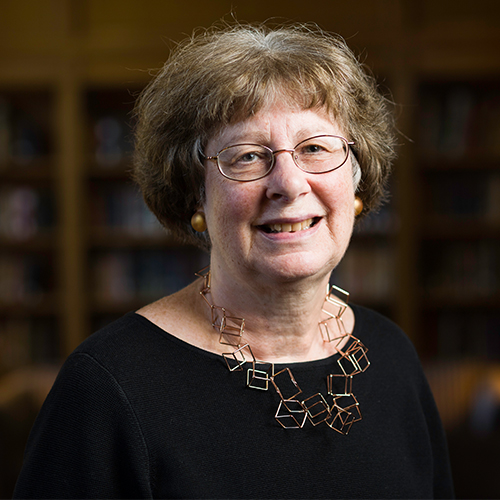
Joan Rubin: I’m privileged to direct the Humanities Center. Part of its mission is to explore what it has meant to be human in different times and places and what it means to be human right now. Our changing technology is an inextricable part of our current situation. I would say technology has brought us great benefits; I also think a lot about the losses that it has entailed. I think about connection, but also about disconnection.
JVS: Are digital technologies second nature to students coming to campus?
Emily Sherwood: The term “digital natives” gets thrown around a lot. It’s expected that students will be able to engage with technology more readily than earlier generations. I’d like to push back on that idea because students are consumers of technology. They take in media but are not always taught to critique the technology that they’re receiving. It’s necessary to teach our students a range of literacies, including digital and data literacies. By the time students get to college they have learned how to look at a paragraph, analyze it, ask a question, and summarize an idea. Yet they’re consuming media, images, and data at an alarming rate, but haven’t been taught to be critical in the same way. We need to have them create using these other modes so that they become more capable of questioning them.
Jayne Lammers: I think that educators unfortunately make the assumption that because young people learn to consume media through technologies, they’ll know how to use whatever digital tool a teacher puts into a classroom. And that’s just not the case.
One of the things that we’re doing at the Warner School and the Center for Learning in a Digital Age is to think about what it means to prepare educators to incorporate digitally rich practices. What does it look like to teach with devices and make digitally rich classrooms work for learning.
JR: I don’t know that it is the case that students come here knowing how to read texts. My efforts in the classroom are focused on reading, writing, and explicating a text, and understanding what assumptions authors are making. This is not to say that the students don’t read the text in a digital format, or that they shouldn’t learn to annotate it and contextualize it using the tools that are available to them, but those reading skills need to be reinforced.
JVS: Are there ways that we’re using technology to help students with those skills?
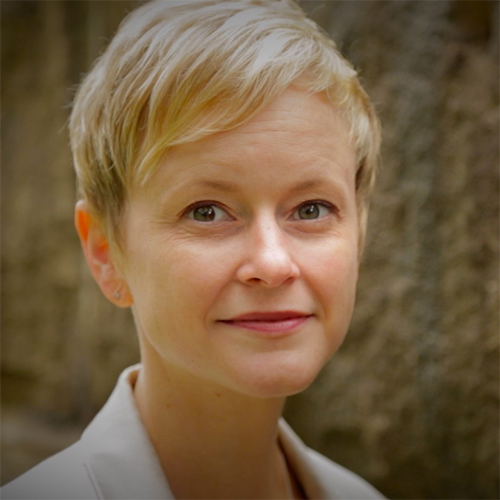
ES: The Digital Scholarship Lab has developed a time-based media annotation tool that allows students to do exactly that close reading, but with time-based media. Faculty at Eastman use it to analyze music, faculty in Linguistics use it to analyze tropes in advertising, and we have faculty use it for Intro to Media Studies and Film to give students the ability to close read film and audio the same way that they are taught to highlight and annotate text.
JVS: How are young people using digital spaces now? How are they gravitating to them and what are they getting out of them?
JL: I’ve studied the writing practices of young women who are trying to become writers of a certain genre. They find online communities who give them feedback and help them improve their practice. They get a great deal of connection and learning out of these experiences.
One example is a young woman named Eve, who was diagnosed with dyslexia and struggled through high school. She found an online community of people who used the video game The Sims to create and publish stories. Eve developed expertise in this space around photo and digital image editing, which improved her confidence and motivation to learn. She ultimately went to film school and now has her own YouTube channel.
JR: That’s a great example of the positive possibilities that the digital environment affords. I am a fan of the work of Sherry Turkle, a sociologist and clinical psychologist at MIT. She always underscores the potential for growth, individual development, and greater self-esteem that young people can find in online communities. But at the same time, the lack of face-to-face contact, which is the best way to develop empathy, is missing.
JVS: But I think technology also enhances learning and can enhance those connections, which is part of the mission of the Digital Scholarship Lab.
ES: In terms of connection, working with digital tools and methods requires more extensive collaboration. At the DSL we have programmers, digitization experts, a digital scholarship librarian, and a Geographic Information Systems (GIS) specialist who all bring expertise. Developing a digital assignment doesn’t take less time; it actually takes more. And it doesn’t take less people; it takes more expertise. You have to scaffold out the process more than when you’re teaching traditional research. We have to let our students have those opportunities to learn and play and fail and get better at the skills we’re asking them to develop.
JVS: The University of Texas at Austin faced challenges when they tried to do a full-force, digital-first approach to learning and curricula. What do you take from their example of trying to make bold moves in the digital realm, but having to scale back right away?
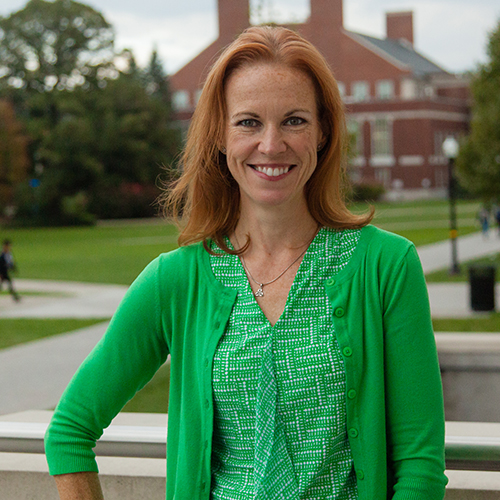
JL: At Austin they made bold claims about what technology could do. That is a common point of failure for many who imagine technology as a panacea or silver bullet for pedagogical and institutional problems, such as how to reach students in different geographic areas or free up classroom space. We are also trying to solve some of those very same problems.
At Warner it’s more of a slow, methodical ramp-up. What classes, what learning might actually be better facilitated through online tools, and what still needs that face-to-face touch?
JVS: We’re talking about connections, collaborations, and learning opportunities in digital spaces, which raises a broader question about scholarship and where ideas come from. Whose idea is it, and is everything sharable?
ES: This is a large conversation in digital scholarship communities, trying to figure out how to account for the multiple types of labor in a project. For example, if my GIS specialist is helping someone process data and making it available, do they become a co-author because they’re making that scholarship possible through their expertise? This is a question that not only needs to be taken up by scholars but also by departments, administrators, and professional organizations.
JL: We can learn from youth in these online spaces who, though they are remixing content and disrupting notions of authorship, are fantastic at giving credit where credit is due. We have a lot to learn from them around what it means to collaborate. How do we use people with different expertise to create something that I couldn’t do on my own? And then, how do I attribute where I got this support from?
JR: I’m in a field that is quite traditional. I need to use archival sources or published sources. But I really can’t collaborate with other people in thinking through what a text is saying to me. I can get ideas. I can share ideas. But in the end it’s on me.
JVS: From what we know about trends in higher education, what can we expect as professionals in this field?
JR: In Art Sciences and Engineering there are no online courses right now. There are certainly courses that take advantage of online resources, but I think it’s going to be a while before we move to actual online courses. I don’t think the value of listening, of weighing someone else’s words in person, of getting to know an instructor and fellow students can be accomplished in an online course.
ES: I think that we’ll see a push towards programs and majors that are intentionally interdisciplinary. A lot of the questions our society is facing right now—and that our students will be facing in the future—need multiple perspectives in order to solve, and the students who will be able to engage in that will be ones who have studied a problem from multiple perspectives and bring creative problem solving.
JL: Not only do we need multiple perspectives from a disciplinary approach, but we need multiple perspectives from a global and cultural approach. Later this year I’m going to Indonesia to study the digital literacy practices of Indonesian youth to see how they are authentically engaging in these tools and what is important to them. We have research from a Western perspective, but we don’t have a lot from other perspectives. As these countries become more connected, I think it’s important for us to pay attention outside of the U.S. What can we learn from them? That’s what I’m looking forward to doing.

